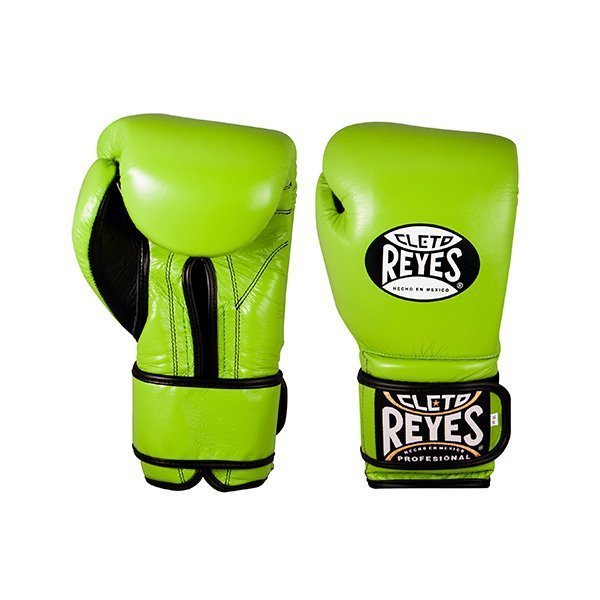
Mastering First Aid Essentials: What to Expect in a First Aid Kit Course
A First Aid Kit Course is designed to provide individuals with the necessary skills and knowledge to respond effectively in emergency situations. The course covers a wide range of topics, including how to assess and manage various types of injuries and illnesses such as cuts, burns, fractures, respiratory distress, and cardiac arrest. Participants will learn about the basic principles of first aid treatment, proper care for wounds and injuries, how to use medical equipment safely, and how to perform CPR.
The training program includes lectures on different first aid techniques followed by hands-on practical sessions that reinforce what has been taught. Students are also taught how to handle real-life emergencies through simulated scenarios where they can apply their newly acquired skills. Upon completing the course successfully, students will receive a certification that demonstrates their competence in providing effective first aid assistance.
Overall, taking a First Aid Kit Course is essential for anyone who wants to be prepared for unexpected medical emergencies. Whether you are at home or work or outdoors enjoying recreational activities like hiking or camping; having the ability to respond appropriately when someone needs help could mean the difference between life and death.
Importance of First Aid Training
First aid training is essential because it equips individuals with the skills and knowledge to provide immediate assistance during an emergency. It helps in preventing further injury or complications before professional medical help arrives. Knowing how to perform CPR, control bleeding, and treat burns can make a significant difference in saving someone’s life.
Additionally, first aid training enhances one’s confidence level when dealing with emergencies. In stressful situations, people tend to panic and may not know what to do. However, if you have undergone first aid training, you will be more prepared to handle such situations effectively.
Moreover, many professions require employees to have basic first aid certification. Industries such as construction companies and outdoor adventure service providers prioritize hiring individuals who have completed first aid courses because such industries are prone to accidents. Having trained staff on-site ensures that injuries are attended to immediately and reduces the risk of fatalities. Therefore, investing in first aid training is vital for personal safety as well as for enhancing workplace safety standards.
Why it’s crucial to know first aid
Knowing first aid is crucial because it can save lives and prevent further injuries or illnesses. Accidents can happen anywhere, anytime, and to anyone, so being prepared with basic first aid skills can make a significant difference in an emergency situation. For instance, knowing how to properly administer CPR (cardiopulmonary resuscitation) could be the difference between life and death for someone who has suffered from a cardiac arrest.
Furthermore, having a basic understanding of first aid can help you respond quickly in case of an injury or illness until professional medical help arrives. It’s not only important in emergencies but also useful in everyday situations such as minor cuts or bruises. Knowing how to clean and bandage wounds or manage burns correctly could prevent infections and further complications.
Finally, learning first aid provides you with confidence when dealing with an emergency situation. It helps you stay calm under pressure and take control of the situation effectively. With proper training from First Aid Plus, you’ll know what to do without panicking during an accident or crisis situation that may involve family members or strangers alike. Therefore, everyone should learn basic first-aid techniques because nobody knows when they might be called upon to act as a lifesaver!
What’s Included in a First Aid Kit
First aid kits contain essential items that are needed during an emergency situation. The contents of the kit may vary depending on the intended use and the number of people it will serve. However, there are basic items that should always be included in a first aid kit. These include adhesive bandages, gauze pads, adhesive tape, antiseptic wipes or solution, scissors, tweezers, gloves and a CPR mask.
Other important items to include in a first aid kit include pain relievers such as acetaminophen or ibuprofen for mild pain relief; antihistamines for allergic reactions; and hydrocortisone cream for insect bites or rashes. A thermometer is also essential to have in case of fever or hypothermia. In addition to these items, it is recommended to have a first aid manual with clear instructions on how to handle various emergencies.
Having a well-stocked first aid kit can make all the difference during an emergency situation. It is important to check the contents regularly and replace any expired medications or supplies promptly. Knowing how to properly use each item in the kit can also help save lives when needed most.
Types of Injuries Covered
First aid kits are essential for any emergency, but it’s important to understand the types of injuries that they can cover. Minor injuries like cuts, scrapes, and bruises are commonly covered by first aid kits. These types of injuries can be treated using sterile gauze, bandages, and antiseptic wipes.
In addition to minor injuries, first aid kits should also include supplies to address more serious wounds such as burns or deep cuts. Burn creams and dressings help soothe burns while sterile wound closures can help close deep cuts without requiring stitches.
Lastly, first aid kits should also include supplies for addressing medical emergencies such as allergic reactions or cardiac arrest. Epinephrine pens and aspirin tablets can treat allergic reactions while AEDs (Automated External Defibrillators) can help someone experiencing a heart attack until medical professionals arrive on the scene. Understanding the types of injuries that your first aid kit covers is crucial in ensuring you have everything you need during an emergency situation.
Key Skills Taught
During a First Aid Kit course, participants will have the opportunity to develop and master a range of essential skills. These include basic first aid techniques such as how to assess and manage different types of injuries, including cuts, burns, fractures and choking emergencies. Additionally, students will learn how to administer CPR (Cardiopulmonary Resuscitation) in case of cardiac arrest.
Participants can also expect to gain practical experience in using essential equipment commonly found in first aid kits such as bandages, splints and tourniquets. They will be taught proper wound-cleaning procedures as well as the appropriate measures required for infection control. Lastly, students will learn how to respond effectively during an emergency situation by developing their communication skills and learning how to remain calm under pressure.
All these key skills taught during the course are designed to provide individuals with the confidence and competence needed when faced with medical emergencies or accidents. They enable participants not only to react appropriately but also potentially save lives until professional medical help arrives on scene. By being equipped with these life-saving skills, people are better prepared for managing common accidents around homes or workplaces that may require immediate attention before professional intervention is available.
Practice and Assessment
Practice and assessment are two key components of any successful learning experience, and this is especially true when it comes to first aid training. In a first aid kit course, students can expect to spend a significant amount of time practicing various skills, such as bandaging wounds, administering CPR, and treating burns and other injuries. Through repetition and hands-on practice, students can begin to develop the muscle memory necessary to perform these critical tasks quickly and confidently in an emergency situation.
Assessment is also a critical component of any first aid kit course. Students will likely be evaluated on their ability to perform various skills correctly and safely in simulated emergency scenarios. This kind of evaluation ensures that students have truly mastered the essential knowledge and skills they need to provide effective first aid care when it matters most. By combining rigorous practice with thoughtful assessment, instructors can help ensure that their students are fully prepared for real-world emergencies.







